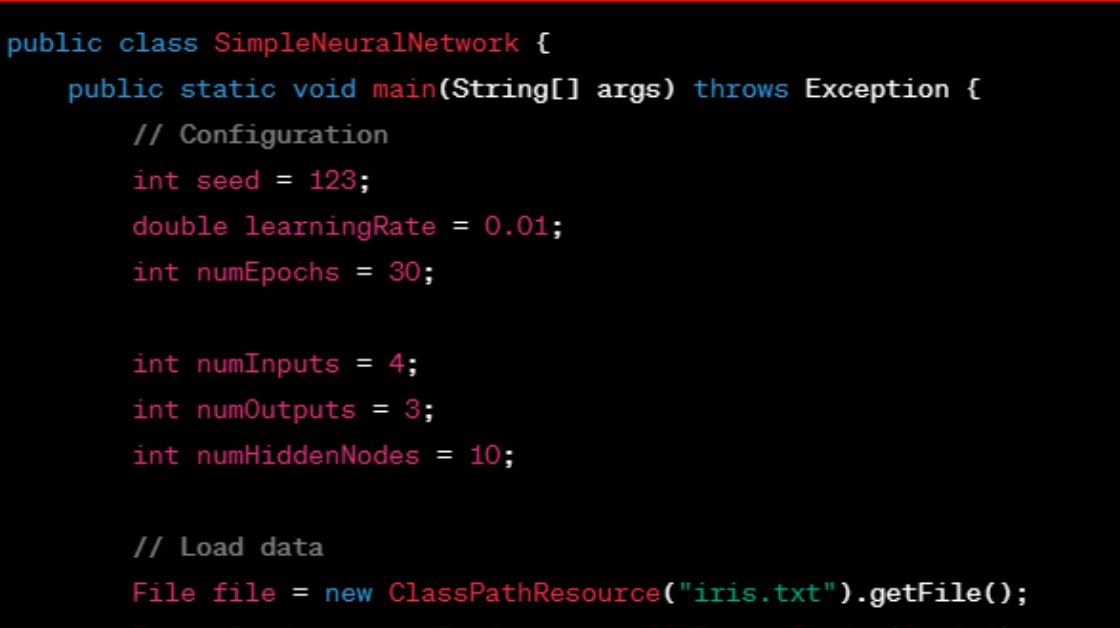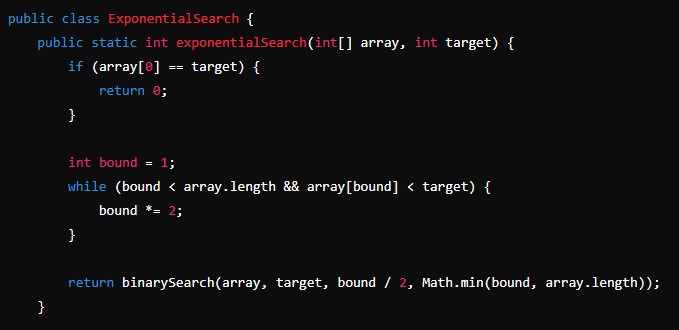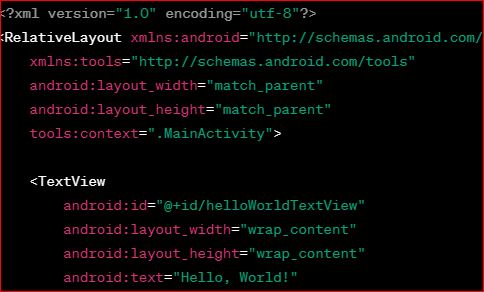Introduction
Polynomials are fundamental components in various fields of mathematics and computer science. They are used in algebra, calculus, numerical analysis, coding theory, and even in designing algorithms. With the increasing complexity of applications, there arises a need for efficient manipulation and computation of polynomials. This article aims to provide a comprehensive guide on developing a polynomial manipulation program. We will cover the basics of polynomials, common operations, and the implementation of a polynomial manipulation program in Java.
Binary Search Algorithm: A Comprehensive Guide
Understanding Polynomials
Definition of a Polynomial
A polynomial is a mathematical expression consisting of variables (also called indeterminates), coefficients, and exponents. The general form of a polynomial in one variable ( x ) is:
[ P(x) = a_n x^n + a_{n-1} x^{n-1} + \ldots + a_1 x + a_0 ]
where ( a_n, a_{n-1}, \ldots, a_1, a_0 ) are constants (coefficients) and ( n ) is a non-negative integer representing the degree of the polynomial.
Types of Polynomials
- Monomials: Polynomials with a single term (e.g., ( 3x^2 )).
- Binomials: Polynomials with two terms (e.g., ( 3x^2 + 2x )).
- Trinomials: Polynomials with three terms (e.g., ( 3x^2 + 2x + 1 )).
- Multivariable Polynomials: Polynomials with more than one variable (e.g., ( 3x^2 + 2xy + y^2 )).
Polynomial Operations
Common operations on polynomials include:
- Addition: Combining like terms.
- Subtraction: Subtracting corresponding coefficients.
- Multiplication: Distributive multiplication of terms.
- Division: Dividing one polynomial by another.
- Differentiation: Calculating the derivative with respect to a variable.
- Evaluation: Substituting a value for the variable.
Designing a Polynomial Manipulation Program
Objectives
The primary objective of a polynomial manipulation program is to enable users to perform various operations on polynomials efficiently. The program should support:
- Creation and representation of polynomials.
- Addition, subtraction, and multiplication of polynomials.
- Differentiation of polynomials.
- Evaluation of polynomials at given points.
Data Structures for Polynomials
To manipulate polynomials efficiently, we need an appropriate data structure to represent them. One common approach is to use a list of terms, where each term is represented by a coefficient and an exponent.
class Term {
int coefficient;
int exponent;
Term(int coefficient, int exponent) {
this.coefficient = coefficient;
this.exponent = exponent;
}
}A polynomial can then be represented as a list of terms.
import java.util.ArrayList;
import java.util.List;
class Polynomial {
List<Term> terms;
Polynomial() {
terms = new ArrayList<>();
}
void addTerm(int coefficient, int exponent) {
terms.add(new Term(coefficient, exponent));
}
}Implementing Polynomial Operations
Addition
To add two polynomials, we combine their terms. If terms have the same exponent, we sum their coefficients.
class Polynomial {
List<Term> terms;
Polynomial() {
terms = new ArrayList<>();
}
void addTerm(int coefficient, int exponent) {
terms.add(new Term(coefficient, exponent));
}
Polynomial add(Polynomial other) {
Polynomial result = new Polynomial();
for (Term term : this.terms) {
result.addTerm(term.coefficient, term.exponent);
}
for (Term term : other.terms) {
boolean found = false;
for (Term resTerm : result.terms) {
if (resTerm.exponent == term.exponent) {
resTerm.coefficient += term.coefficient;
found = true;
break;
}
}
if (!found) {
result.addTerm(term.coefficient, term.exponent);
}
}
return result;
}
}Subtraction
Subtraction is similar to addition, but we subtract the coefficients of matching exponents.
class Polynomial {
// ... existing code ...
Polynomial subtract(Polynomial other) {
Polynomial result = new Polynomial();
for (Term term : this.terms) {
result.addTerm(term.coefficient, term.exponent);
}
for (Term term : other.terms) {
boolean found = false;
for (Term resTerm : result.terms) {
if (resTerm.exponent == term.exponent) {
resTerm.coefficient -= term.coefficient;
found = true;
break;
}
}
if (!found) {
result.addTerm(-term.coefficient, term.exponent);
}
}
return result;
}
}Multiplication
To multiply two polynomials, we use the distributive property to multiply each term of the first polynomial with each term of the second polynomial.
class Polynomial {
// ... existing code ...
Polynomial multiply(Polynomial other) {
Polynomial result = new Polynomial();
for (Term term1 : this.terms) {
for (Term term2 : other.terms) {
int newCoefficient = term1.coefficient * term2.coefficient;
int newExponent = term1.exponent * term2.exponent;
result.addTerm(newCoefficient, newExponent);
}
}
return result;
}
}Differentiation
Differentiating a polynomial involves applying the power rule to each term.
class Polynomial {
// ... existing code ...
Polynomial differentiate() {
Polynomial result = new Polynomial();
for (Term term : this.terms) {
if (term.exponent != 0) {
int newCoefficient = term.coefficient * term.exponent;
int newExponent = term.exponent - 1;
result.addTerm(newCoefficient, newExponent);
}
}
return result;
}
}Evaluation
Evaluating a polynomial at a given value involves substituting the value for the variable and computing the result.
class Polynomial {
// ... existing code ...
int evaluate(int x) {
int result = 0;
for (Term term : this.terms) {
result += term.coefficient * Math.pow(x, term.exponent);
}
return result;
}
}User Interface for Polynomial Manipulation Program
A user-friendly interface is crucial for a polynomial manipulation program. This interface can be implemented using a command-line interface (CLI) or a graphical user interface (GUI). For simplicity, we will implement a CLI.
import java.util.Scanner;
public class PolynomialManipulationProgram {
public static void main(String[] args) {
Scanner scanner = new Scanner(System.in);
Polynomial poly1 = new Polynomial();
Polynomial poly2 = new Polynomial();
System.out.println("Enter terms for the first polynomial (coefficient exponent):");
for (int i = 0; i < 3; i++) {
int coefficient = scanner.nextInt();
int exponent = scanner.nextInt();
poly1.addTerm(coefficient, exponent);
}
System.out.println("Enter terms for the second polynomial (coefficient exponent):");
for (int i = 0; i < 3; i++) {
int coefficient = scanner.nextInt();
int exponent = scanner.nextInt();
poly2.addTerm(coefficient, exponent);
}
Polynomial sum = poly1.add(poly2);
Polynomial difference = poly1.subtract(poly2);
Polynomial product = poly1.multiply(poly2);
Polynomial derivative = poly1.differentiate();
int value = poly1.evaluate(2);
System.out.println("Sum: " + sum);
System.out.println("Difference: " + difference);
System.out.println("Product: " + product);
System.out.println("Derivative: " + derivative);
System.out.println("Evaluation at x = 2: " + value);
scanner.close();
}
}Conclusion
Developing a polynomial manipulation program involves understanding the basics of polynomials, selecting appropriate data structures, and implementing various polynomial operations. This article has provided a comprehensive guide to designing and implementing such a program in Java. With the provided code examples and explanations, you should be well-equipped to build and extend a polynomial manipulation program to suit your needs.
By mastering polynomial manipulation, you can tackle complex mathematical problems, enhance your programming skills, and develop robust software solutions for various applications. Whether you’re a student, educator, or professional, understanding and implementing polynomial manipulation is a valuable skill in the world of mathematics and computer science.




